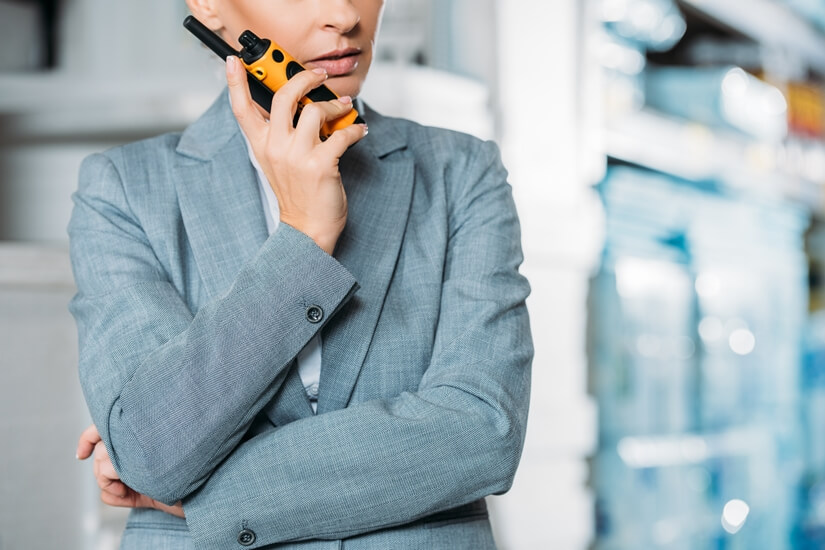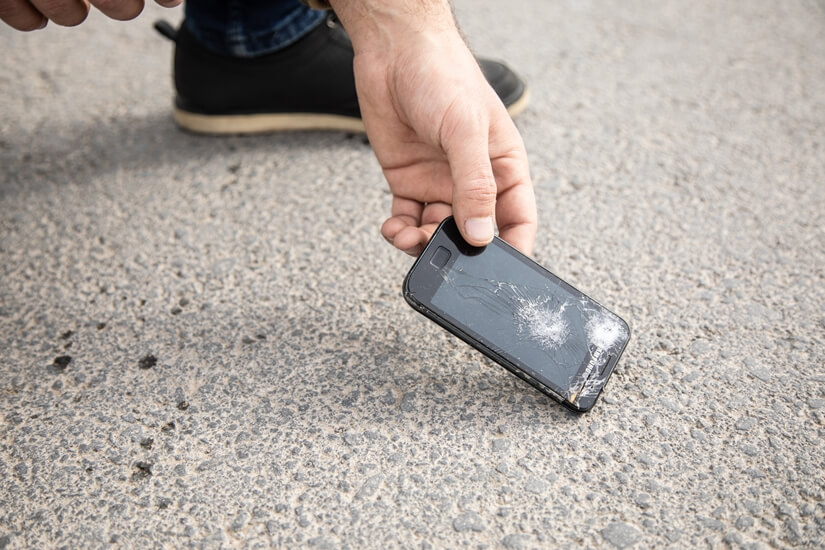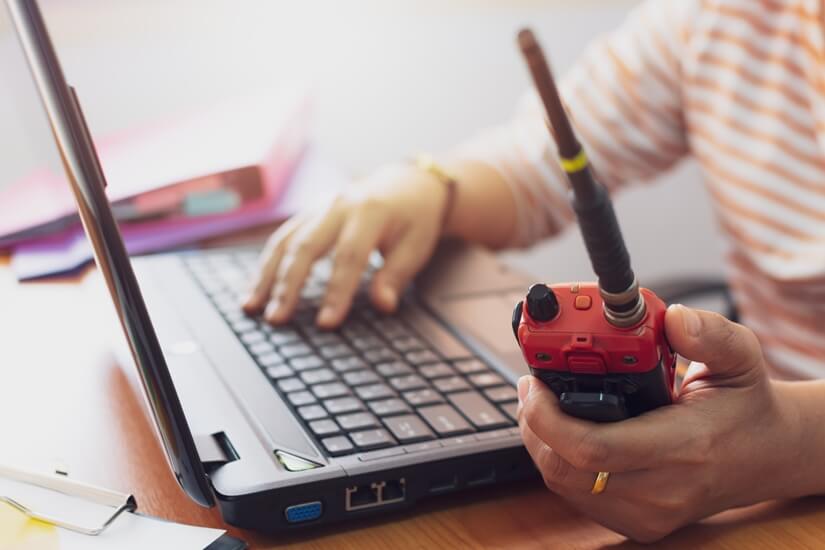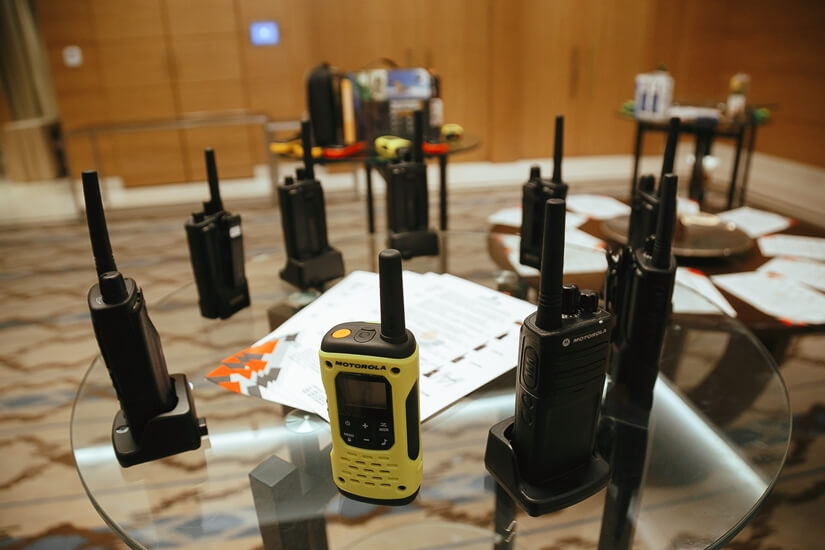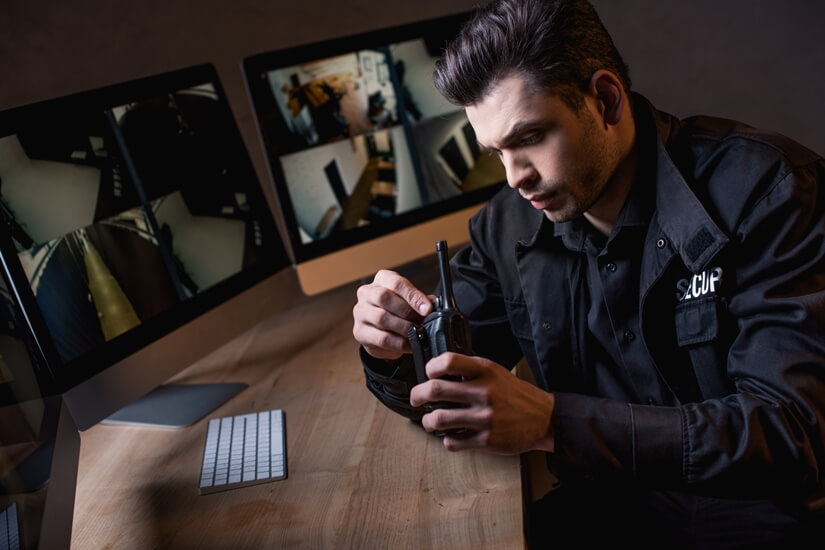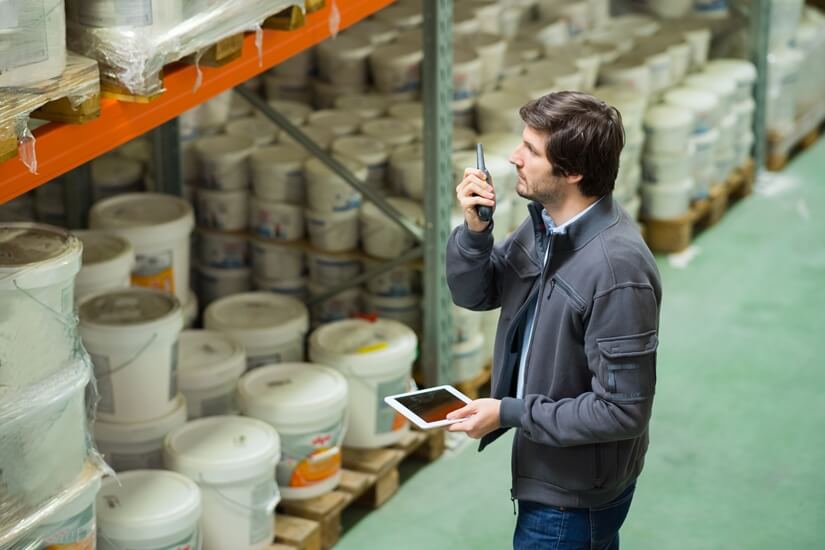Why Walkie-Talkies are a Must for Your Sports Event
The world’s biggest sports event – the World Cup, is just around the corner. The logistics involved in running such an event are staggering. For certain, walkie-talkies will be heavily involved in making sure that the event runs smoothly and safely.
Walkie-talkies should be an essential part of the organisation of any sports event, not just events of the size of the world cup. Many local GAA, soccer, and rugby teams are already taking advantage of the wide range of benefits that license-free walkie-talkies have to offer when it comes to helping their sports events run without a hitch.
License-Free Walkie-Talkies – Perfect for Sports Events
Before we take a look at the benefits of walkie-talkies, it is worth discussing the type of walkie-talkies that most sports events will use. As the name suggests, license-free walkie-talkies do not require any special paperwork or registration to use. Just unbox it, switch it on, and you are good to go!
License-free walkie-talkies are the easiest option for just about every scenario. While licensed radios might offer some advantages, most of these are overkill for the needs of sports event management.
There are several major benefits of opting for license-free radios:
- Cost – License-free radios are a more cost-effective solution than licensed radios. For instance, a set of 4 Motorola H20 T92 walkie-talkies costs less than a mid-range smartphone, and these are perfect for small-sized sports events. They are also waterproof and have built-in safety features.
- Ease-of-Use – Simplicity is the key to effective communication, and it doesn’t get simpler than license-free walkie-talkies. With just a couple of minutes of instruction, even the most technologically unsavvy people can easily use a two-way radio.
- No paperwork – Licensed radios have to be “licensed” before they can be used, and this needs to be renewed annually. License-free radios simply work straight out of the box.
There may be particular cases where licensed radios may be a better option. However, for most sports events, license-free Walkie-Talkies are a more than adequate solution.
The Benefits of Using License-Free Walkie-Talkies to Help Manage Sports Events
Sports events of any size can be difficult to manage and coordinate. Crowds need to be managed, safety needs are always a concern, and of course – Let’s not forget about the main event itself. Teams and participants need to be in the right place at the right time. Referees, judges, and other officials all need to be attended to.
So whether you are managing the school sports day, a Gaelic Football match, or a five-a-side football tournament, walkie-talkies can assist in many ways. Here are just a few examples of the benefits of walkie-talkies:
1. Enhanced Safety and Security
One of the major concerns of any sports event is maintaining the safety of the spectators and the overall security of the event. While this is a consideration for any size event, the larger the event, the more difficult it is to police.
This is where walkie-talkies can be of great assistance. Instant and crystal-clear communication across whole teams is simplified with the use of walkie-talkies.
Simple communication is essential in time-critical situations, and this is exactly what walkie-talkies bring to the table:
- One-to-one or One-to-many options – You can broadcast your message to whole teams or individuals quickly and easily.
- Emergency Features – Many walkie-talkie models include safety features that can be used in emergencies. These include emergency buttons, man-down detectors, and lone-worker options.
- Hands-free options – There are plenty of walkie-talkie accessories available to help further simplify communications. These include headsets and microphones that enable hands-free communication, which makes communication simple even while dealing with large, excitable crowds.
2. No Training or Special Skills Required
Everyone can quickly get to grips with the intuitive way that license-free walkie-talkies work. This means that teams of stewards, volunteers, and other officials can arrive on the day of the event and, without any prior knowledge, can be issued a radio and basically – told what button to press! It really can’t be any simpler.
3. It’s a Cost-Effective Solution
We touched on this briefly, but it is worth reiterating how cost-effective license-free walkie-talkies can be as the main communication solution for any sports event. For the cost of a single high-end smartphone, a whole team of event personnel can be kitted out with high-quality radios.
And remember – This is a one-off payment, there are no subscription fees, no contracts, and no top-ups required.
4. Walkie-Talkies Work Anywhere
When comparing walkie-talkies to mobile phone solutions, the lack of ongoing costs is an obvious boon. But it isn’t the only one, walkie-talkies also have the advantage of working without having to rely on third-party infrastructure. This is essential if you are organising an event like a cross-country run, for instance.
In cases like this, there may not always be a mobile signal across the entirety of the course, if at all. Because walkie-talkies work independently and can have a range of up to several kilometres, they are not restricted by such factors.
5. Walkie-talkies are Robust
Let’s face it, the Irish weather can be unpredictable, to say the least. Many walkie-talkie models are designed to shrug off the worst conditions and to continue to function in rain, sleet, snow, and hailstones. All of which can happen on any given day!
This is essential as communication can be even more important when events take place in adverse conditions.
The Final Whistle
Organising a sports event of any size can be difficult and stressful. Walkie-talkies can help to ease the strain by offering a communication solution that is instant, easy to use, and effective.
If you want to know more about how walkie-talkies can help when running a sports event or need some help choosing the perfect radios, we can help. Walkie Talkie Solutions have the expertise and two-way radios that can help your sports event run smoothly and safely.


